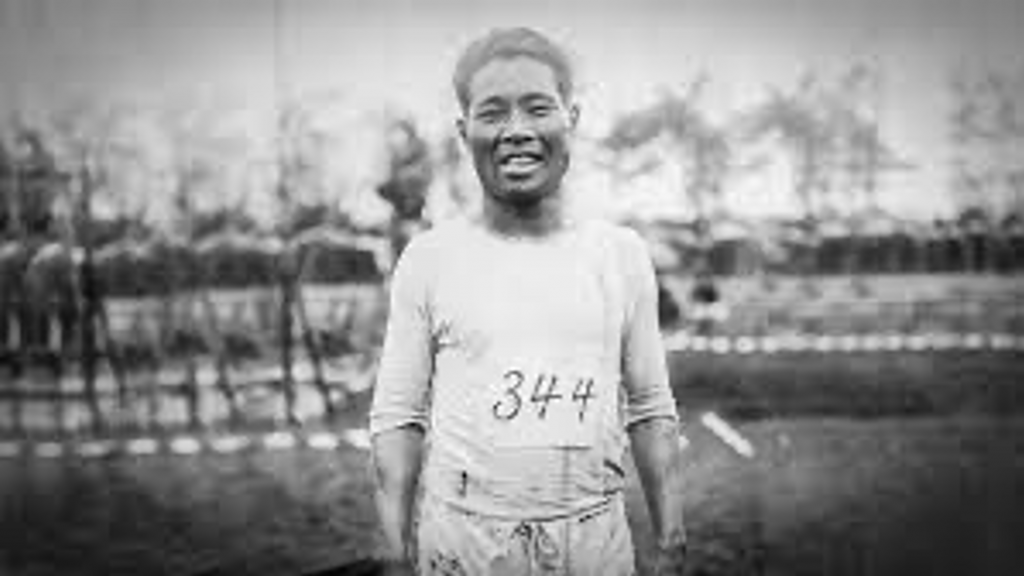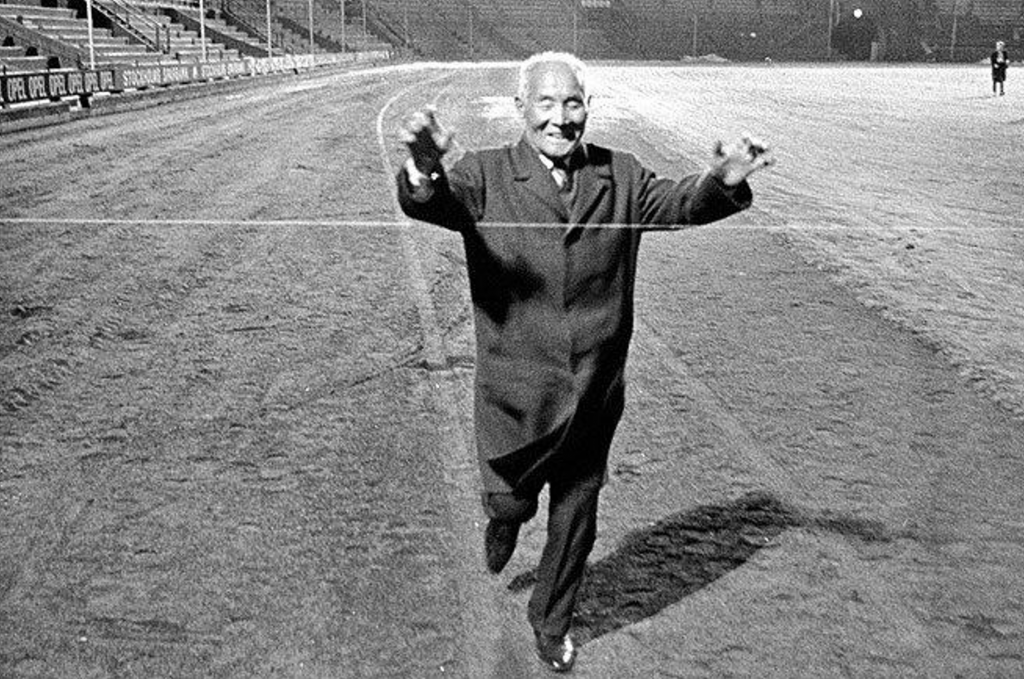For the majority of the people who do not know about Shizo Kanakuri, he was a Japanese marathon runner who competed in three Olympics (the 1912 Stockholm Olympic Games, the 1920 Antwerp Olympic Games and the 1924 Paris Olympic Games). He was an accomplished runner and during his career, he had broken the world record twice (once in 1911 and the other in 1914) which were not during the Olympic Games. In Japan, he is known as the ‘father of Japanese marathon’ and there was even a television series about his life called ‘Idaten The Epic Marathon to Tokyo’. However, he is much more popular for the record he has set in Stockholm: 54 years, 249 days, 5 hours, 32 minutes and 20.3 seconds. This is the longest time to be recorded in the history of marathon by a long way and there are a number of reasons behind this peculiar result.

Shizo Kanakuri was born on the 20th of August 1891 in a rural village in Kumamoto prefecture called Harudomi (now called Nagomi town). He was the seventh child of the Kanakuri family and was a skilled runner from his youth, due to the 12-kilometre run he has been doing since the age of 10 to get to his school. In 1910, he joined the Tokyo Higher Normal School (now called Tsukuba University) as he excelled in his academics. During his time at the school, he ran in the International Olympics Qualifiers for the marathon in which he came first with a world record of 2 hours, 32 minutes and 45 seconds. This race earned him a place in the 1912 Stockholm Olympics alongside Yahiko Mishima, a short distance runner, and it would end up becoming an unfortunate but memorable Olympic.
During his travels to Stockholm, he crossed over Siberia on the Trans-Siberian railway over a period of 20 days, and this journey would eventually cause some difficulties for him in the Olympics. After the journey, the Japanese Olympic Team got onto a boat to Stockholm and were greeted by a member of the Japanese Embassy in Sweden.
After Kanakuri’s arrival, he trained with Mishima but their new environment crushed their hopes of achieving any successes before starting the races: in Sweden, it was the season of the Midnight Sun (when there is no night), so, the two men had difficulties sleeping. Although it was the same for the other athletes, the Japanese Olympic Team did not have the appropriate funding to feed the players, so the lack of food also got in the way of them as well. Finally, as the 1912 Stockholm Olympic Games was Japan’s first entry, there was no real planning in terms of keeping the athletes fit and healthy, so Kanakuri was more prone to injuries (which occurred when his Tabi socks, an alternative for running shoes in Japan due to the cost of running shoes, was ripped which led to a knee injury).
On the day of the race (14th of July), the car that was meant to pick up Kanakuri and take him to the stadium did not arrive, so, he had to run to the stadium, which made his fatigue worse (he was already exhausted from sleep deprivation). When the race commenced, he was already disadvantaged and during the race, he proved to be a tough runner.
The race was a particularly tough: during the race, 32 runners forfeited, mainly due to the heat which rose up to 40 degrees Celsius, and Kanakuri was able to move up positions and keep running in the race. However, he did not drink water at the water stations, allocated at different points of the course, which was the final straw: he collapsed mid-race due to sun stroke and had to get taken back to the hotel by members of the Japanese Olympic Team. He was deeply embarrassed from his ‘failure’ and returned to Japan without notifying the race officials.
In 1967, Kanakuri was contacted by Swedish Television (or the SVT) to complete his run for the 55th anniversary of the Stockholm Olympic Games, as he did not officially forfeit from the race. After finishing the race, he remarked, “It was a long trip. Along the way, I got married, had six children and 10 grandchildren.”
Overall, the difficulties Kanakuri faced before accumulated and made it an extremely challenging task to run. The conditions during the race were the final blow, and Kanakuri was dehydrated which led to him having to come back to the Stockholm to finish his race. It would be almost impossible to imagine anyone breaking his record, but anything could happen at this day and age.



